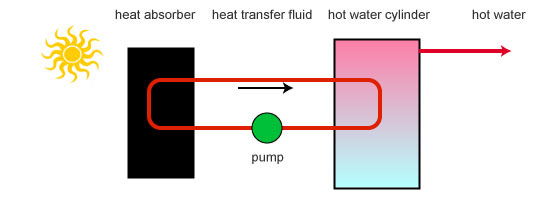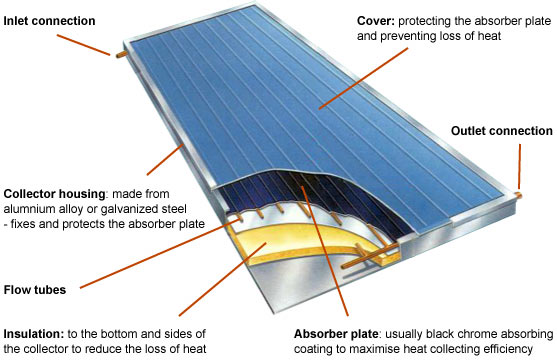 A few days ago I went to turn on the TV and it would not turn on either using the remote control or the button on the side. This TV does not owe me much because I bought it over six years ago on clearance from the now defunct Radio Shack store nearby and I had since repaired it by replacing the motherboard. It was a 37 inch LCD flatscreen with a nominal rated power consumption of 140 W.
A few days ago I went to turn on the TV and it would not turn on either using the remote control or the button on the side. This TV does not owe me much because I bought it over six years ago on clearance from the now defunct Radio Shack store nearby and I had since repaired it by replacing the motherboard. It was a 37 inch LCD flatscreen with a nominal rated power consumption of 140 W.I found another clearance deal at Sears for a 50 inch LED TV that is rated around 60 W. It is impressive that this larger TV uses much less power and has a very favorable Energy Star rating compared to other TVs in its class (actual label shown at left) and I am quite pleased with its quality overall.
Incidentally, as an engineer I need to point out that TVs are marketed as "LCD" (Liquid Crystal Display) or "LED" (Light Emitting Diode). The current crop of TVs are all sold as "LED TVs" yet they are still really using LCD imaging technology but LEDs as the back light which is what helps to make them thinner. Older style "LCD" TVs used fluorescent lamps for the back light that used more power and added more bulk to the back of the TV. My old TV was this latter style.
The Sears salesman also suggested that I replace my old style stereo amplifier and speakers that I use for the sound system for the TV with a new sound bar and subwoofer. I declined, but ended up being curious about the idea since it might simplify the whole setup. Eventually I drove down to Best Buy since they had a big selection of them and ended up purchasing a relatively affordable sound bar that fits very nicely right below the TV on our stand. The salesman reminded me that Best Buy accept old appliances and recycle them so I just got back from dropping off the old TV to Best Buy. I am so pleased that major retailers are stepping up and offering to recycle old equipment. Most electronics appliances contain a variety of toxic chemicals that do not belong in the landfill. I have also returned computers and printers to Staples.
I made the 32 mile round-trip in my solar charged Chevy volt (note the license plate is SUN PWRD!) with no carbon emissions.
















































